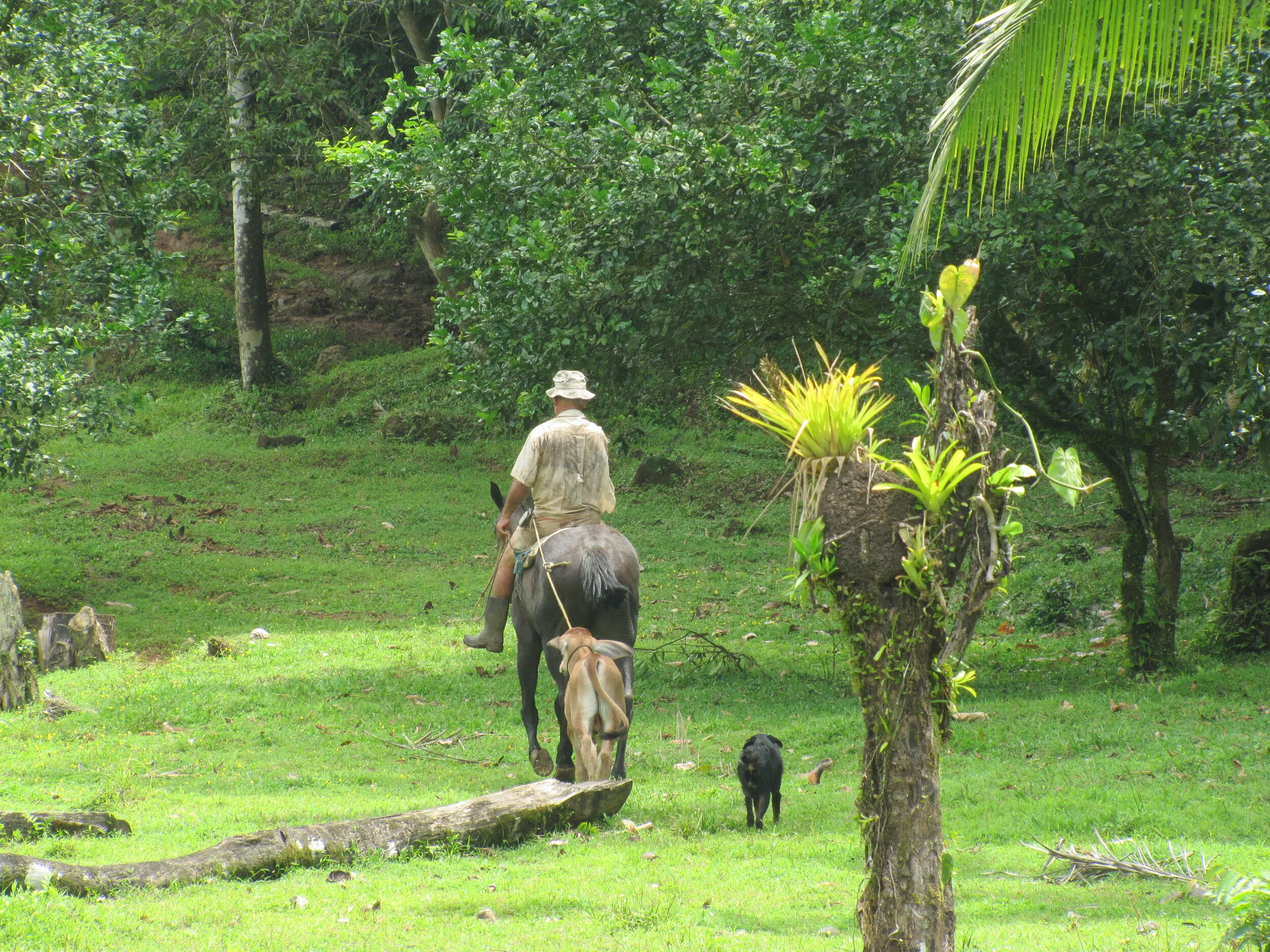Research Areas
Cultural ecosystem services of lobstering in Southern New England, USA.
Lobster landings in Long Island Sound have plummeted by more than 90% since 1998, associated in part with climate change and warming temperatures. This fishery decline has devastated the lobster industry and the livelihoods it has historically supported in local Connecticut communities, yet research has been limited on the cultural values connected to this collapse. In collaboration with colleagues at the University of Vermont, several Trinity undergraduates and I will survey and interview former and current lobster fishers about the economic and cultural significance provided by lobstering and local marine ecosystems.
L: Osvaldo Escobar on Unsplash
Rural U.S. conservation values
Almost three quarters of people in the U.S. support doing whatever is needed for environmental protection, yet partisanship has often impeded widespread bipartisan cooperation on environmental policy. I plan to interview rural communities in the U.S. to more deeply understand the conservation values of this influential and understudied constituency. In so doing, I hope to help craft more inclusive conservation policies that appeal to a broad coalition of stakeholders in the U.S.
Ecological and social drivers of bearded pig distributions.
Collaborators and I are investigating the ecological (e.g. tree cover, temperature, elevation) and social (e.g. ethnicity, religion, population density) factors tied to distributions of threatened bearded pigs at multiple scales in Borneo. To do this, we are taking an interdisciplinary approach, using camera traps, GPS collars, population genetic models, and interviews with hunters in both mixed forest-oil palm and primary forest landscapes. We hope that the patterns we find will assist with policies that provide fair access to bearded pig meat while also conserving the ecological needs of this nomadic, mysterious Suid species.
Tropical land-use change impacts on biodiversity in mixed landscapes.
Over the last several years, I have been involved in a number of collaborative projects investigating the impact of land-use change on biodiversity in Central America and Southeast Asia. For example, I have led work examining the effects of heart of palm plantations and pasture on reptiles and amphibians in Costa Rica, and the impact of replanting in oil palm plantations on frog assemblages in Indonesia. By helping understand and mitigate tropical land-use change in mixed mosaic areas, these projects support healthy working landscapes for agricultural production as well as for interlinked wildlife communities.



